Quality and High Level Vision at CanUX 2016

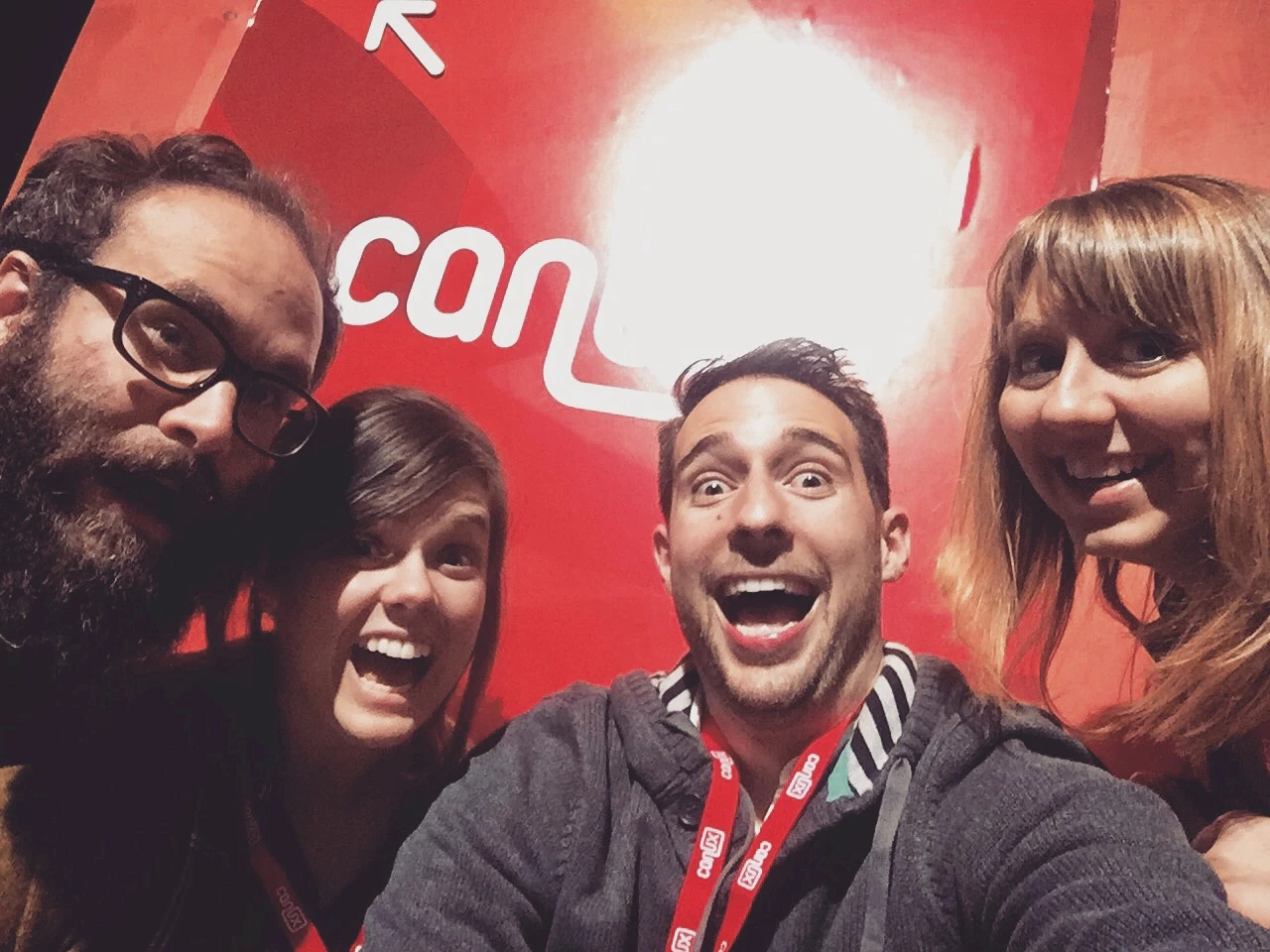
This year, four Spirians attended CanUX, Canada’s largest congress of “UX’ers”. Here are my impressions of the event as a first-time attendee.
Two overarching themes stuck with me: quality and high-level vision. Quality can be difficult to quantify and assess at first; but the effects of an honest, quality brand that is true to itself and to its values can be felt for years. High-level vision is also critical to any product. Such a vision should be based not just on features but also on user experience. A good product is one that strikes the right balance between planning and building, features and experience.
Memorable speakers
The following tweets come from the @canuxconf account, which tracked the high points of the event.
Lynsey Thornton, Director, UX Research at Spotify, spoke about growing teams and the importance of finding complementary team members. She warned against underestimating the deleterious effect of the “void” following periods of major change, and advocated investing in team members rather than in bureacratic structures.

Peter Morville, an eminent author of several works on information architecture, spoke about quality as it relates to the context and culture that we are developing for. He underscored the importance of blending planning and execution throughout project development; rather than planning out an entire project from the get-go, it is far better to adopt an iterative approach while following an overall vision.

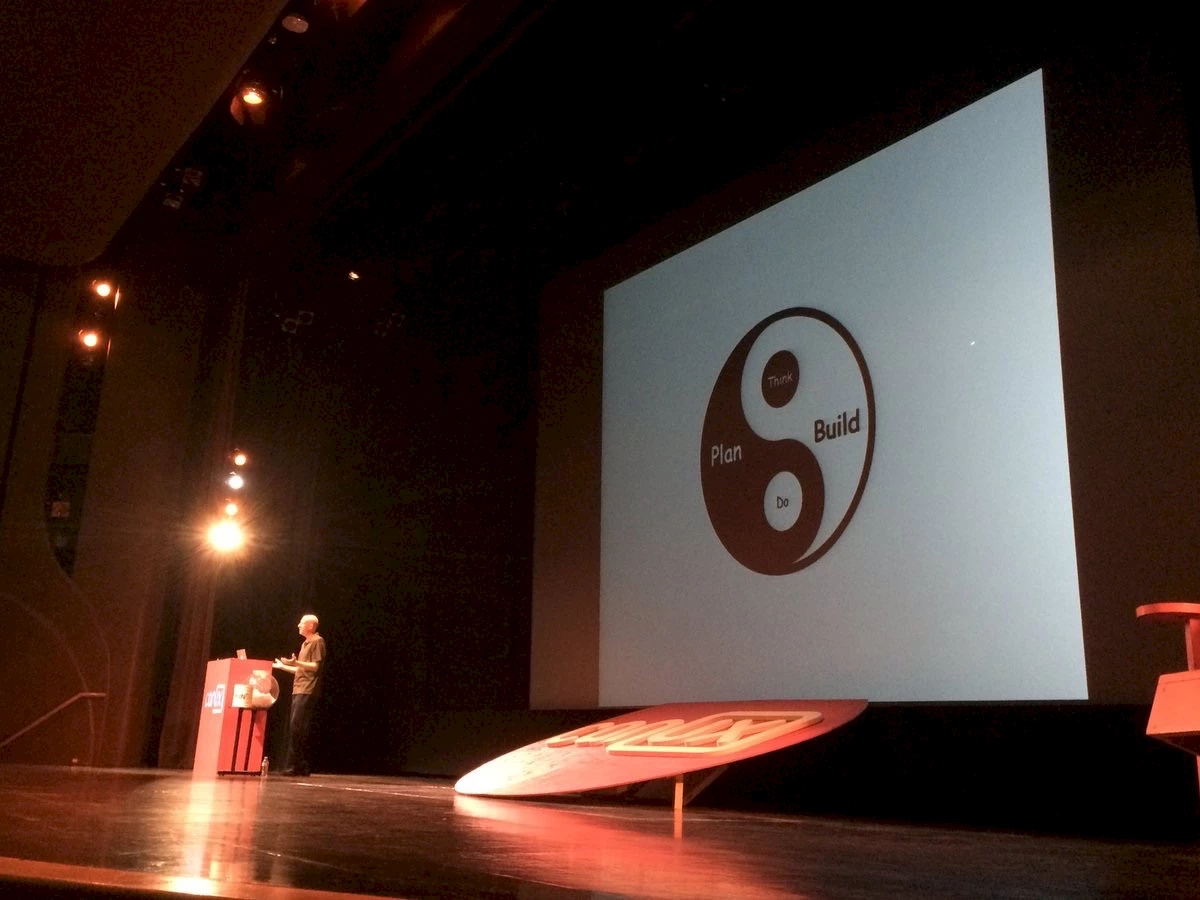
Peter Morville: “Plan/Do, Build/Think” — Credit CanUX.
Dave Hale shared some horror stories, speaking about the design of a haunted house. His presentation was truly fascinating, since he piles on the “friction points” instead of trying to remove them, like the rest of us! I also liked his idea that an experience can sometimes be best represented through song rather than just words.

Andrew Mayfield told us to never underestimate the power of quality, and to never be afraid of going the extra mile for users.

Alan Cooper, a superstar of the UX galaxy and pioneer in the use of personas, delivered the closing keynote. This was probably the most thought-provoking presentation. What are the responsibilities of designers in the world of the future that they are designing?


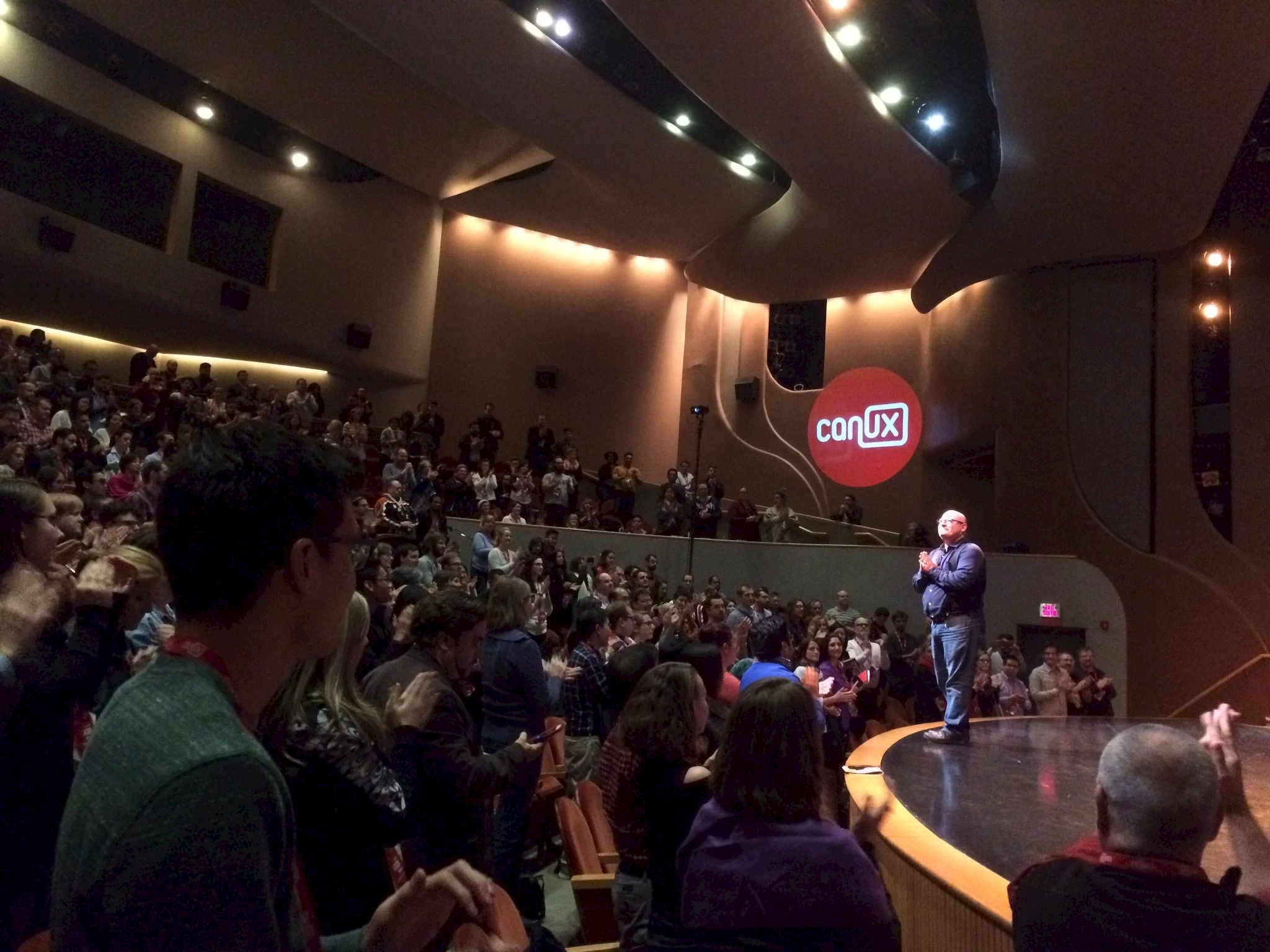
Standing ovation for Alan Cooper. – Credit CanUX.
And practically speaking…
Meena Kothandaraman’s presentation is encapsulated in an excellent diagram that can help our clients better understand their level of advancement in the process of application design and user validation. Called the (N) credible Framework, it is both simple and easy to use.
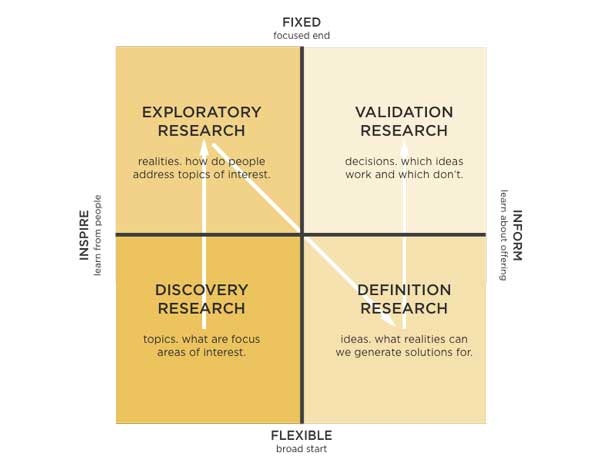
Credit Twig+fish research practice.
Meghan Armstrong facilitates UX workshops and has developed several tools to aid participation in these activities. Her presentation was called “Making the Invisible Visible”; an apt title, since this is precisely the most difficult thing to do with our clients: demonstrating the added value of things that they don’t always understand. Having a roadmap to gain clients’ trust and encourage them to participate in the process is a good starting point.
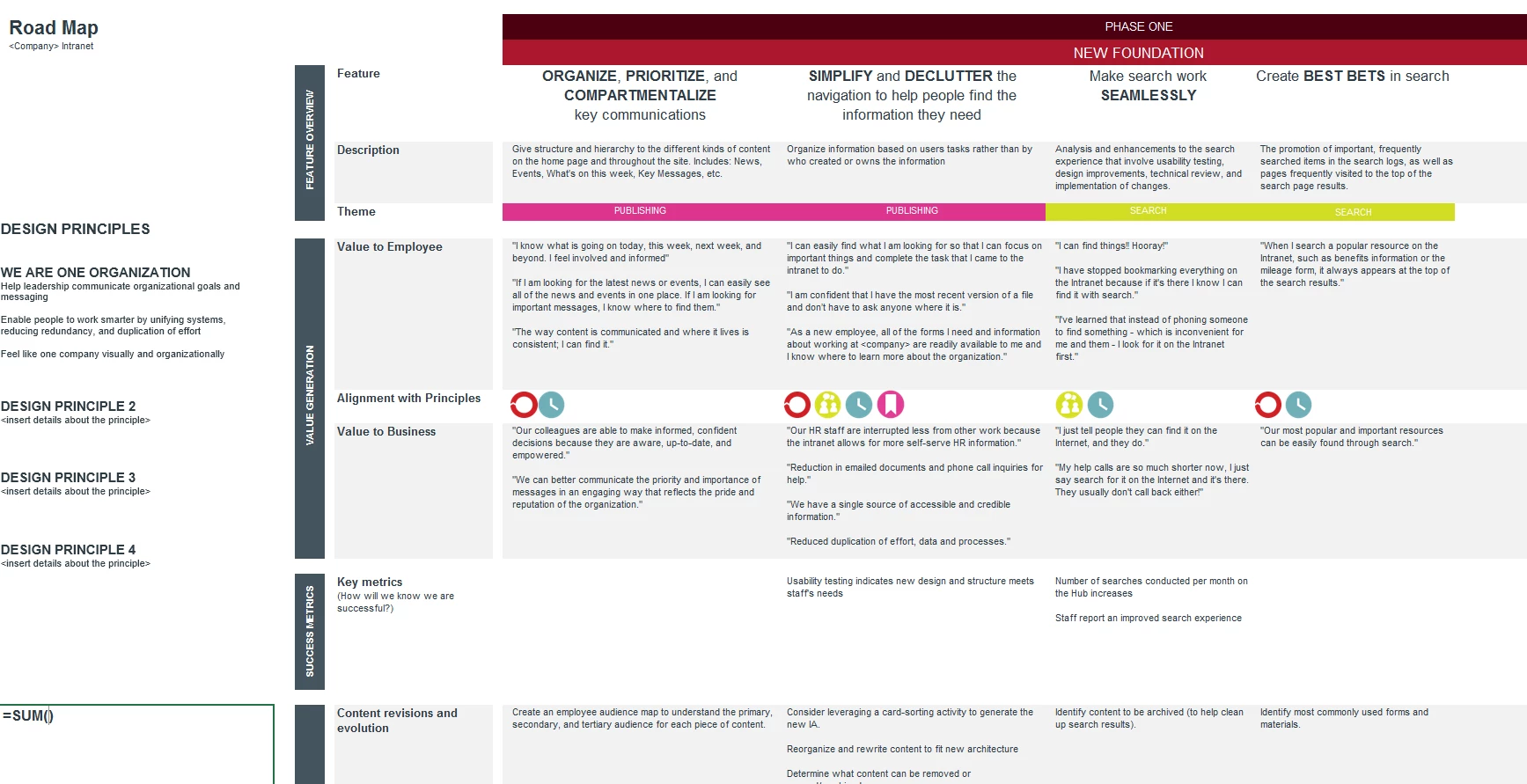
Credit Habanero Consulting.
In short
Overall, the presentations were good to excellent. Presenters were confident and obviously used to making presentations to crowds of 500. However, I was a little disappointed with the subject matter. I was hoping to glean concrete information on ways to implement knowledge, whereas most of the presentations gave a general overview of UX.
The conference took place over two days in the magnificent Canadian Museum of History (formerly the Museum of Civilization) in Gatineau. Travelling from Montreal, I would have preferred a condensed one-day conference with separate workshop and presentation tracks. I would have enjoyed being able to split up into smaller groups throughout the day, returning to plenary to discuss points in common and lessons learned.
Furthermore, the Museum is a rather noisy venue, which unfortunately hampered conversations between participants.
Despite some less interesting presentations and a few minor organisational hiccups, I enjoyed CanUX, though maybe not enough to want to go back next year.
Conclusion
UX is a sprawling concept, reaching into every field of IT engineering, be it design, QA, project management, strategy, content, integration, development… you name it. UX is a work philosophy based on human beings, quality, ethics and vision. It provides a new perspective on return on investment. The entire industry is working toward making better software and changing the world, one app at a time.

